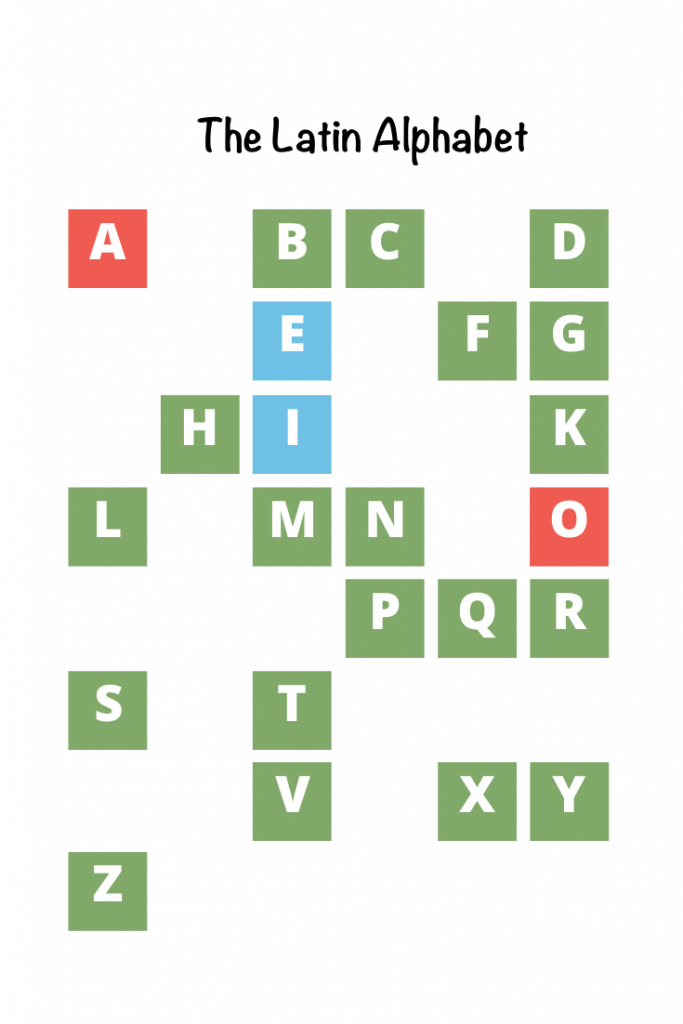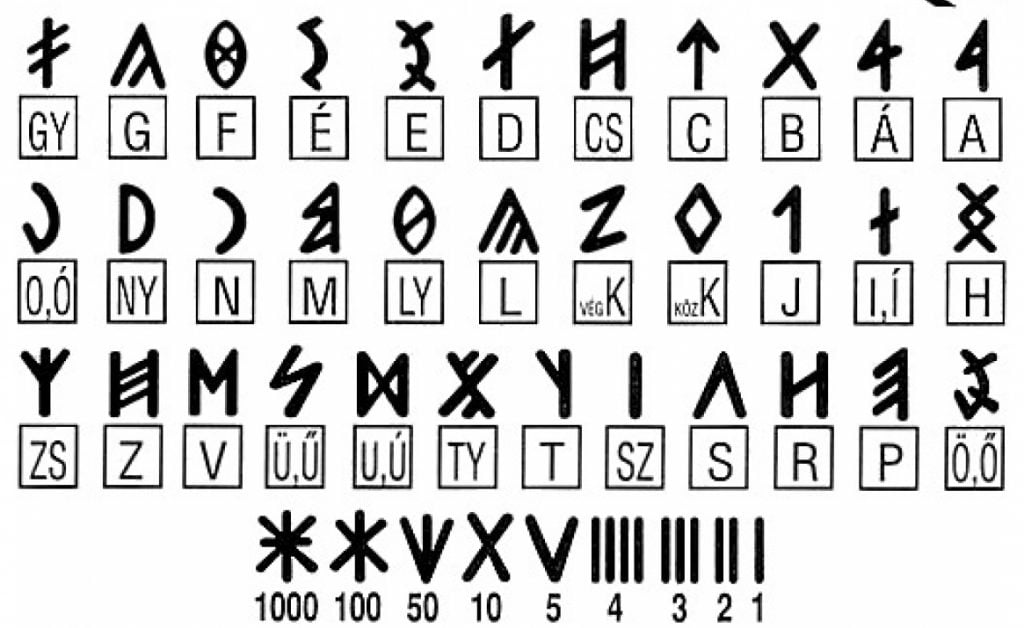3 + 1 facts about the Hungarian Alphabet
1. The origin
The Hungarian Alphabet has its origins in the Roman Alphabet, just like English.
Hungarian, however, extended it quite a bit: from 23 letters to a whopping 44!!! (But don’t despair: the Cambodian language Khmer, counts 74 letters in its alphabet, so it could be a lot worse 🙂 )


2. Shorter and extended alphabet
We distinguish between the shorter (smaller) and the extended (longer) Hungarian alphabet. 40 and 44 letters, respectively.
The difference is made up by these 4 letters:




- “q“, “w“, “x” have made their way into the alphabet due to some loanwords from foreign languages e.x.: Quarelin (name of a pain killer), taxi, Walter etc. This way we can spell Wal-Mart in Hungarian, God bless 🙂
- “y” is found in old name spellings only (and pronounced as the letter “i“) and in digraphs (more about this later). If you know Hungarian family names, or have already roamed streets named after people in Hungary, you might have come across with names like: Ady, Vörösmarty, Ybl, Kazinczy etc.
3. Letters and sounds
Hungarian is (mostly) pronounced as it is written. Each letter of the Hungarian alphabet marks a sound (with one exception). Unlike English, it has no silent letters and no diphtongs
Sounds straightforward, right?
The fab 4 (q, x, y, w), as I like to call them, don’t mark new sounds. The remaining 40 letters mark all together 39 different sounds. Two letters (j and ly) are pronounced the same, that is how we ended up with 39 different sounds.
This means, if you want to understand and speak clearly in Hungarian, you have to master those 39 sounds. The vast majority of them exist in English, so pronunciation is actually one of the easiest chapters of learning Hungarian.
+ 1 The “old” Hungarian alphabet
Just as a cultural note here: there was an old Hungarian script called “rovásírás” (runic writing) in use in Medieval Hungary into the 17th century. With the establishment of the Christian Hungarian kingdom (cc. 1000), however, this old writing system was eventually forced out of use and the Latin alphabet was adopted instead.

It has seen, though, a revival in the 20th century. When driving into Hungarian towns, you can notice it on welcome signs displaying the name of the town both with latin-based characters and runic script.

Hungarian scouts, especially in North America, are also avid users of this old script.
Now we are moving onto our next lesson, “Letters and sounds“, to learn more in depth about the alphabet. You can mark this lesson complete.
